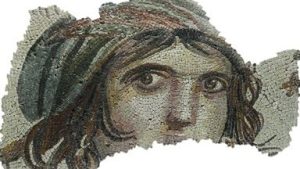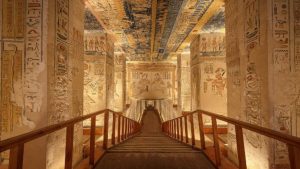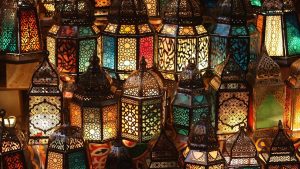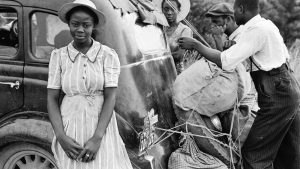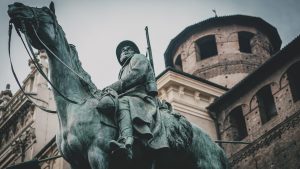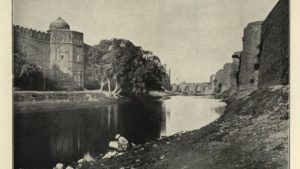Diving into the Depths: Revealing Deep Secrets with Underwater Robots
Have you ever wondered what lies hidden beneath the waves of the ocean? It's a mysterious world, full of secrets waiting to be discovered. Exploring the deep sea was a challenge for a long time because it was dark, cold, and dangerous. But now, thanks to special robots, scientists can uncover these secrets without putting themselves in harm's way.


